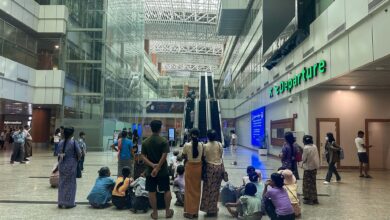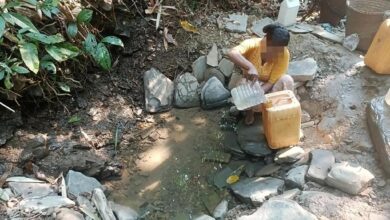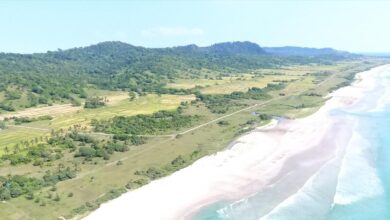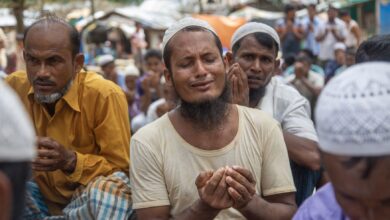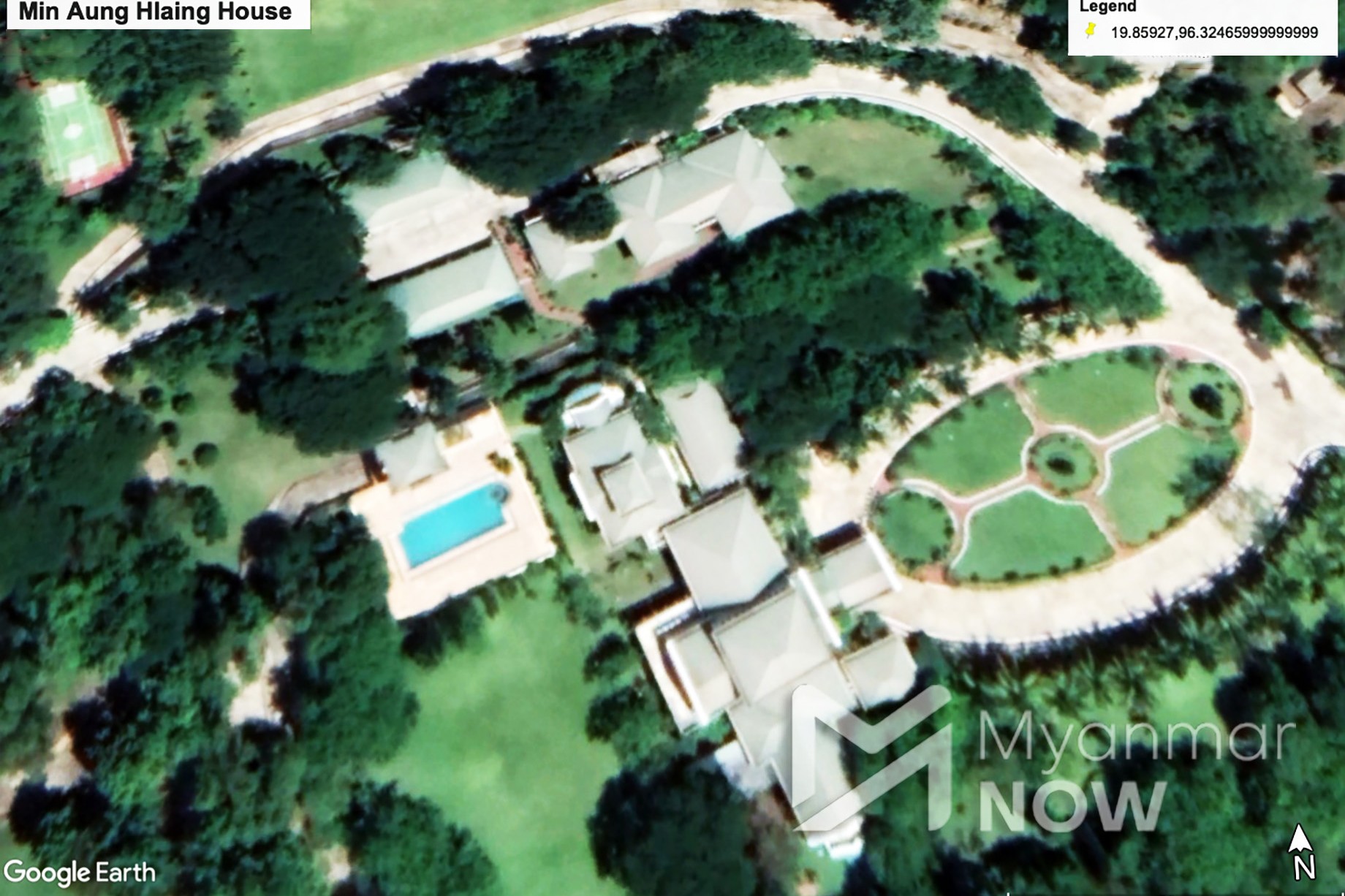
At the base of a mountain in the far northeastern corner of Naypyitaw is an area that no ordinary citizen can enter. Located in Zayathiri Township, where the headquarters of the Defence Ministry can also be found, this is where Myanmar’s top general and other senior military leaders reside.
With the Yay Sin dam to the west and mountains to the east, this exclusive enclave is naturally protected from the rest of the country, with all its simmering hostility towards the junta that seized power in February. Foremost among its denizens are coup leader Senior General Min Aung Hlaing and his family.
Their palatial—and heavily fortified—residence lies a short distance from the imposing Defence Ministry building. It also has its own telecommunications tower, operated by Mytel, a joint venture between the armed forces and Vietnam’s state-owned Viettel.
According to intelligence that Myanmar Now has received regarding the location of Mytel’s telecoms towers, the one used by Min Aung Hlaing sits just northeast of the 30-acre grounds of his home in Zayathiri. The exact coordinates are 19°51’33.4”N and 96°19’28.8”E.
A map provided by a former Mytel communications officer who quit his job with the company after the coup shows the site clearly marked as “NPW0291, VIP Site server for General’s House”. A large mansion and a smaller house can also be seen in satellite images of the area, along with a private swimming pool, a tennis court, and a large pond.
Not far from Min Aung Hlaing’s residence is a separate property of about half the size. This is where Vice-Senior General Soe Win, the deputy head of the “caretaker government” formed in August, lives.
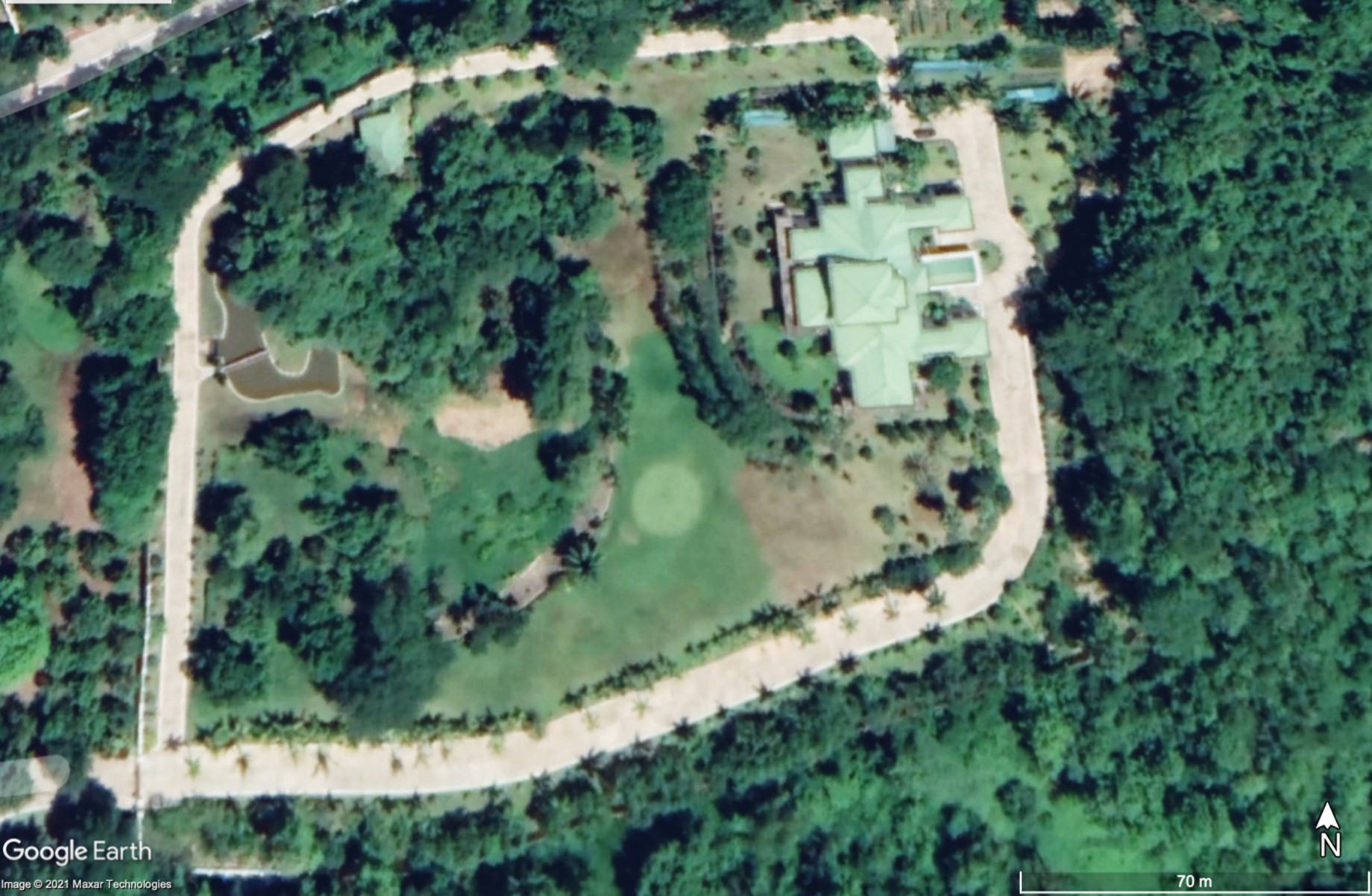
Maximum security
According to Captain Zin Yaw, an army officer who defected in March to join the Civil Disobedience Movement, the area occupied by Myanmar’s junta leaders is all but impregnable.
In 2016, he said, he happened to have a chance to get as far as the entrance to Min Aung Hlaing’s residence.
“I don’t know what it’s like on the inside, but the security was intense. I only managed to make it to the front gate because I was traveling with someone else. Only the most trustworthy personnel were assigned to provide security,” he said, adding that each house was guarded by a squadron of 60 soldiers, who patrolled the area constantly with trained military dogs.
Reaching the entrance to the enclave involved passing through three security gates, each one manned by army majors, along a one-way street under constant camera surveillance.
Both arrivals and departures are kept to a minimum. Once a week, the two residences—called “Mansion 1” and “Mansion 2”—receive deliveries of food and other necessities, ensuring that their inhabitants have little reason to leave for anything other than official business.
“A logistics unit sends everything by a private vehicle. There is no need to go shopping, except occasionally, as recreation,” said Zin Yaw.
As an added measure, the green-painted walls of the commander-in-chief’s residence reportedly have bulletproof plates strong enough to withstand an RPG attack embedded in them. The mansion even has tunnels under it, Zin Yaw claimed, although this could not be confirmed.
Both residences are located about 12km from the Pinlaung Junction, on the old Yangon-Mandalay road, and less than 2km from the military headquarters territory’s Building No. 1, where Min Aung Hlaing usually works.
This territory is also subject to extremely high levels of security.
A Myanmar Now reporter who once attended a press conference held there by the commander-in-chief said he had to pass through two maximum-security security gates and undergo a full-body search and a thorough inspection of his bags before being allowed to enter.
Apart from Mansion 1, which serves as his official residence, Min Aung Hlaing is known to have several other homes. One is the Yarzathingaha residence in Naypyitaw’s Ottarathiri Township and another is at No.14 Inya Road in Yangon.
There are also unconfirmed rumours that he owns properties in Pyin Oo Lwin, where the elite Defence Services Academy (DSA) and other military educational institutions are located.

Greed and ambition
Min Aung Hlaing was born in Minbu, in central Myanmar’s Magway Region, in 1956. Both of his parents were teachers from Dawei, in Tanintharyi Region. After spending a year studying law at the Rangoon Arts and Sciences University (now Yangon University), he joined DSA Intake 19 in 1974.
Now, at a time when his tenure as commander-in-chief should be at an end, he has established himself as Myanmar’s de facto dictator for life.
Those in the military who witnessed his rise through the ranks say this comes as no surprise. Greed and a hunger for power have always been his key traits, they say, and were likely the reason for his decision to overthrow the country’s elected civilian government.
His ambition also extends to his family, which has used his position to greatly enrich itself. His daughter Khin Thiri Thet Mon, for instance, owns Pinnacle Asia, a company contracted to build 12,000 towers for Mytel, according to the activist group Justice For Myanmar.
“The fact that Min Aung Hlaing has his very own Mytel tower in his yard just highlights the level of corruption in the Myanmar Army,” said Yadanar Maung, a spokesperson for the group.
“Both Min Aung Hlaing’s mansion and his personal telecommunications tower were built with public funds that should have been used to meet the basic needs of the Myanmar people. These and all other stolen assets must be returned to the Myanmar people,” she added.
Since the coup, Min Aung Hlaing’s son, Aung Pyay Sone, has continued to use his father’s status as military supremo to promote his business interests.
In late March, as the junta was brutally assaulting anti-coup protesters around the country, its tourism minister was using Aung Pyay Sone’s luxury Azura Beach Resort in Chaung Thar, Ayeyarwady Region, as the venue for a relaunch of Myanmar’s devastated tourism industry.
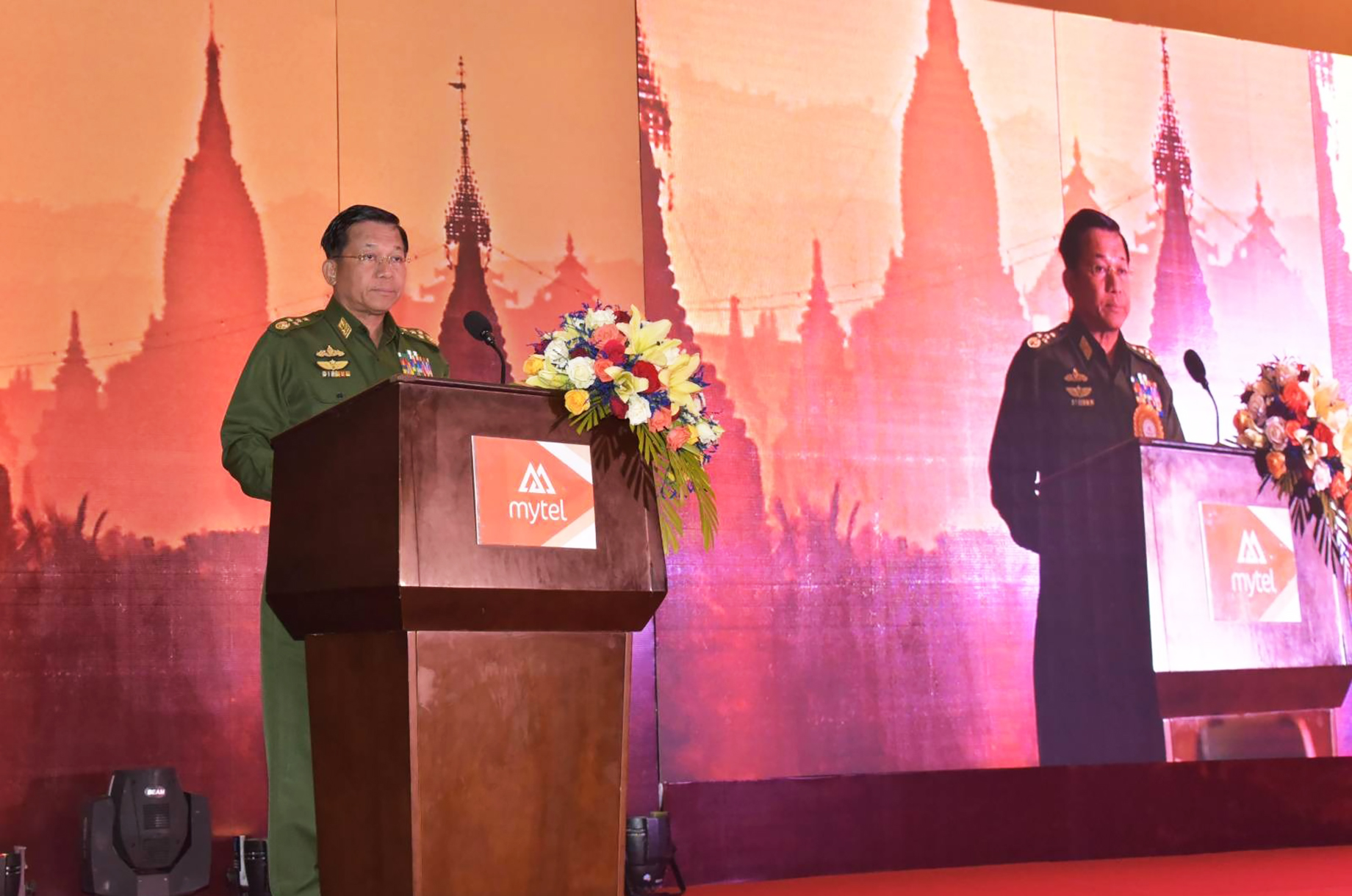
‘Malign influence’
While Min Aung Hlaing and his family live in luxury, the vast majority of those who serve under him are constantly urged to make do with less.
Kaung Htet Aung, an army private who worked in a defence equipment factory in Bago Region for nine years before joining the Civil Disobedience Movement, said he once listened in disbelief as the senior general dispensed advice about how to save money.
“He said that spending 200 kyat a day on betel nut would add up to 6,000 kyat a month—money that we could be using to buy more eggs for our families. At that point, I just stopped listening,” he said.
According to Kaung Htet Aung, ordinary soldiers were not even permitted to touch the sofa set up inside the commander-in-chief’s helicopter.
“The difference between him and us is like the distance from the earth to the sky,” he said.
As Myanmar’s junta pursues corruption charges against the leaders of the country’s deposed government, Min Aung Hlaing and his adult children continue to abuse their privileged position to build their fortunes.
In March, when the US Department of the Treasury announced new sanctions against Aung Pyae Sone and Khin Thiri Thet Mon and six companies that they own, it highlighted how they have “directly benefited from their father’s position and malign influence.”
Meanwhile, as Myanmar’s most powerful family continues to accumulate vast wealth through military-linked companies like Mytel, the country’s poverty rate is expected to nearly double by next year due to the combined impact of the Covid-19 pandemic and the coup.
That means that nearly half the population of Myanmar will be living in absolute poverty, wiping out any gains made during the decade-long transition to democratic rule that abruptly ended on February 1.

